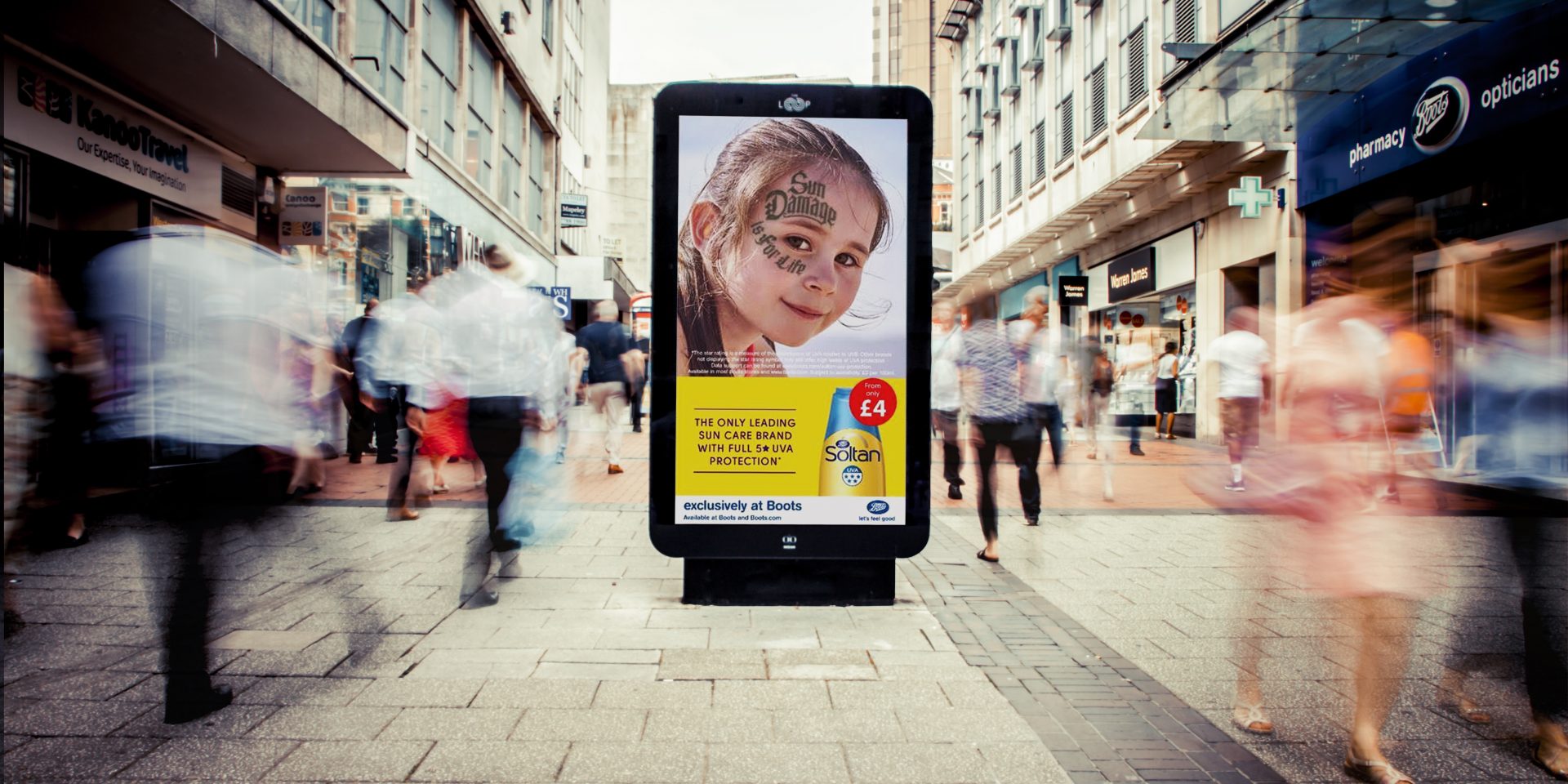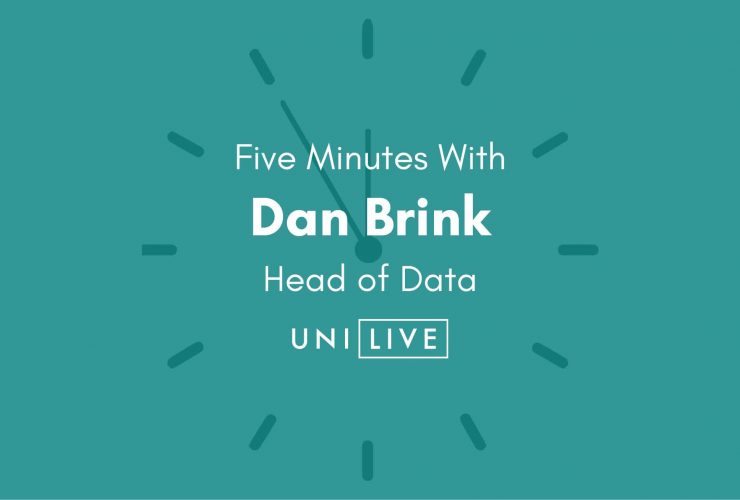Digital-out-of-home is rapidly advancing as traditional advertisers increasingly realise the value of trading static billboards for digital.
In the past, DOOH would be little more than taking a billboard image and importing it in a digital format. But now, DOOH can deliver content that responds to the audience directly.
Two factors driving this expanding DOOH market are improved targeting and dynamic content.

Targeting is improving
Measuring advertising effectiveness has always been a challenge. As John Wanamaker, a department store owner, once said, “Half the money I spend on advertising is wasted; the trouble is, I don’t know which half.”
However, with emerging digital targeting tools, advertisers can get an idea of exactly who they are targeting and the overall effectiveness of their campaigns.
“DOOH is becoming more mature and programmatic, unlocking new and sophisticated targeted opportunities that simply weren’t available several years ago. Just like with online media, you can now leverage a range of DOOH targeting options, from demographics to location,” Jeff Lucas, head of North American sales and global client solutions, Verizon Media, told Digital Signage Today. “This enables customers to engage consumers based on their where they are, their preferences, proximity to points of interest, and more.”
Advertisers can select DOOH inventory based on audience data, backed up by real analytics. For example, Adomni recently released a platform that allows users to search DOOH inventory by location and the “audience score” of various displays.
“Audience-based insights are no longer missing from the out-of-home advertising buying process,” said Jonathan Gudai, CEO of Adomni, in a press release. “Now, advertisers can use familiar planning techniques from their online digital campaigns to reach optimal audiences nearby OOH displays. This new offering on Adomni’s open marketplace has the potential to exponentially increase campaign effectiveness for advertisers by targeting their DOOH spend based on consumer behavior. The location-based consumer insights provided by data industry leader PlaceIQ are driving an evolution in DOOH buying and selling.”

Dynamic content
One direct benefit of improved targeting is delivering dynamic content that can change based on triggers such as audience feedback, demographics, weather conditions, social media feeds and other elements.
There are many potential uses for dynamic content such as:
- Delivering different makeup tips based on weather conditions.
- Pushing advertisements for coffee to consumers who appear tired.
- Showcasing the best customer social media post of the day.
JCDecaux recently ran a campaign in Melbourne, Australia that rewarded customer’s attention with trips. The company deployed a display, which gave customers examples of several vacation locations, and it would slowly zoom in on the one the customer was looking at. The display would then either tell the user the price of a trip to that location or drop a $500 Jetstar Gift Card to let them book the trip themselves.
While dynamic content can be exciting, it is far more complicated to manage than traditional DOOH. It takes a lot of time to handle all the various triggers and creating the right content.
Users new to dynamic content should not try to do everything at once. Instead they should focus on a few triggers to keep campaigns from becoming too complex, and make sure they don’t lose sight of what makes DOOH effective in the first place: simplicity.
Credit:
Author: Bradley Cooper
Posted: 19/04/19



